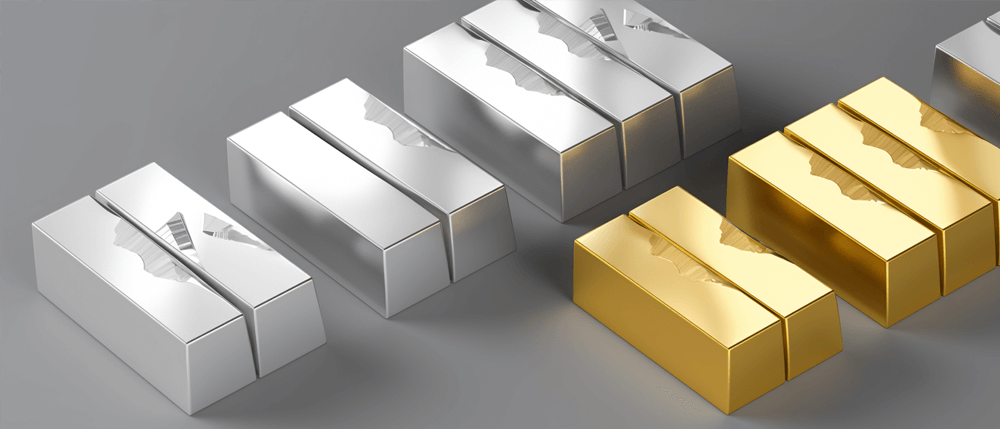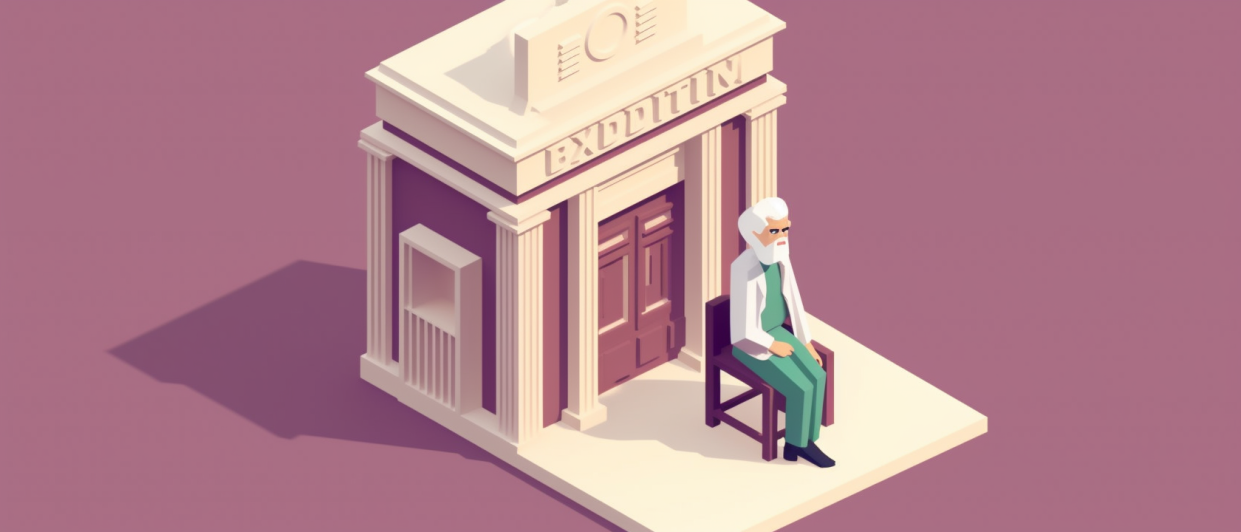
Table Of Contents
This article is part of our series on IRAs.
- Investing in a Precious Metals IRA
This article provides an overview of investing in a Precious Metals IRA, including the benefits, steps, and types of precious metals to invest in, as well as the advantages and considerations to keep in mind when making this type of investment.
- A Precious Metals IRA is a type of individual retirement account that holds physical precious metals, such as gold, silver, platinum, and palladium, as investments.
- Investing in a Precious Metals IRA can provide diversification in an investment portfolio, hedge against inflation, and have potential for higher returns.
- When investing in a Precious Metals IRA, it is important to choose a reputable custodian, rollover or transfer an existing IRA, choose the precious metals to invest in, and properly store the precious metals.
Investing In A Precious Metals IRA
A Precious Metals IRA, also known as a gold IRA or silver IRA, is a type of individual retirement account that holds physical precious metals, such as gold, silver, platinum, and palladium, as investments.
This type of investment allows individuals to diversify their investment portfolio and potentially reap higher returns than traditional IRA options, such as stocks or bonds.
Additionally, investing in precious metals can provide a hedge against inflation, as the value of precious metals tends to increase during times of economic uncertainty.
How To Invest In A Precious Metals IRA
Investing in a Precious Metals IRA can be a complicated process, so it’s essential to fully understand the steps involved before coming to a decision.
The initial step is selecting a trustworthy custodian, a financial institution that manages and holds the precious metals for the IRA. The custodian is also accountable for making sure that the investments comply with IRS regulations.
Once a custodian has been chosen, the next step is to rollover or transfer existing IRA funds into the Precious Metals IRA. This can be accomplished by requesting a distribution from the current IRA and then depositing the funds into the new Precious Metals IRA within 60 days.
After the funds have been transferred, the next step is to select the precious metals to invest in. This can include gold, silver, platinum, and palladium, and the choice will depend on the individual’s investment goals and risk tolerance.
It’s crucial to keep in mind that not all precious metals are eligible for inclusion in an IRA, so it’s crucial to consult a financial advisor or the custodian for guidance on this step.
The final step is to properly store the precious metals. The custodian will typically provide storage options, such as a safe deposit box or a segregated storage facility. It is important to ensure that the storage options meet the IRS requirements for a Precious Metals IRA.
Types Of Precious Metals That Can Be Held In A Precious Metals IRA
When choosing the precious metals to invest in, it is important to consider the different options available. The most common types of precious metals included in a Precious Metals IRA are gold, silver, platinum, and palladium.
Gold
- Known for its durability, malleability, and ability to conduct heat and electricity
- Commonly used in jewelry and as a form of currency
- Value determined by market sentiment, with hoarders having a significant impact on price
- Often sought as a safe store of value during systemic financial concerns, inflation, and political crises
- Must be 99.5% pure
Delve deeper: Check out our guide on Gold IRAs.
Silver
- Price fluctuates between its role as a store of value and an industrial metal
- Industrial demand influenced by innovations such as digital cameras and the rise of middle class in emerging markets
- Used in batteries, superconductor applications, and microcircuit markets
- Price affected by both hoarding and industrial demand
- Must be 99.9% pure
Want to learn more? Take a look at our article on Silver IRAs.
Platinum
- Trades at a higher price per troy ounce than gold due to its rarity
- Mainly used in automotive catalysts and jewelry, with demand also coming from petroleum and chemical refining catalysts and the computer industry
- Prices heavily influenced by geopolitical conditions in mining countries and supply and demand
- Prices have been impacted by the drop in vehicle production during the COVID-19 pandemic
- Must be 99.95% pure
Piqued your curiosity? Our article discussing Platinum IRAs may interest you.
Palladium
- Rare metal and trades at a higher price per troy ounce than gold
- Mainly used in automotive catalysts, electronics, and jewelry
- Prices heavily influenced by supply and demand, with the automotive industry being the biggest contributor to demand
- Prices have been impacted by the drop in vehicle production during the COVID-19 pandemic.
- Palladium is also used in dentistry and medicine.
- Palladium has been used as an alternative to Platinum in many industrial applications due to its lower cost.
- Used as a catalyst in the production of chemicals and pharmaceuticals.
- Useful in the production of hydrogen fuel cells, which is considered as a key technology for the transition to sustainable energy.
- Must be 99.95% pure
Eager to discover more? Browse through our guide on Palladium IRAs.
Advantages Of Investing In A Precious Metals IRA
Precious metals IRAs can offer a variety of benefits when compared to other IRA options. One of the biggest advantages is the ability to diversify your investment portfolio by including precious metals. This allows investors to spread their risk across multiple assets and potentially lower the overall risk of their portfolio.
Additionally, contributions to Precious Metals IRAs are tax-deductible just like traditional IRAs. This reduces your taxable income for the year, therefore reducing your tax bill.
Precious metals also tend to appreciate during economic uncertainty, which can act as a hedge against inflation and potentially lead to higher returns.
Disadvantages Of Investing In A Precious Metals IRA
One of the downsides of investing in a Precious Metals IRA is the additional expense of storing and insuring the physical metals. This can add to the overall cost of the investment and should be considered when evaluating the potential benefits of a Precious Metals IRA.
“While the cost will ultimately vary depending on the custodian and type of precious metal you choose, you can expect to see a $50 to $150 setup fee and another $50 to $150 annual administrative fee right off the bat. It is important to factor in these costs and compare them to other investment options before deciding.”
Conclusion
Diversifying an investment portfolio with a Precious Metals IRA can potentially yield greater returns compared to traditional IRA options. However, it’s important to be aware that, like any investment, investing in precious metals does involve risk.
It’s essential to select a trustworthy custodian, transfer or rollover existing IRA funds, make informed decisions on which precious metals to invest in, and securely store the metals.
With proper research and guidance, a Precious Metals IRA can be a wise and successful way to safeguard your financial future.
When investing in a Precious Metals IRA, it’s essential to adhere to IRS regulations for storing and holding the metals, as well as consider how this investment fits into your overall financial plan.
It’s also important to consult a tax expert to ensure compliance with all laws.
In summary, including a Precious Metals IRA in your portfolio has the potential to increase returns, but it’s crucial to conduct thorough research, seek guidance from a financial advisor, and follow all guidelines.
Within the following piece, we will present an overview of investing in a Precious Metals IRA, including the benefits, steps, and types of precious metals to invest in, as well as the advantages and considerations to keep in mind when making this type of investment.










